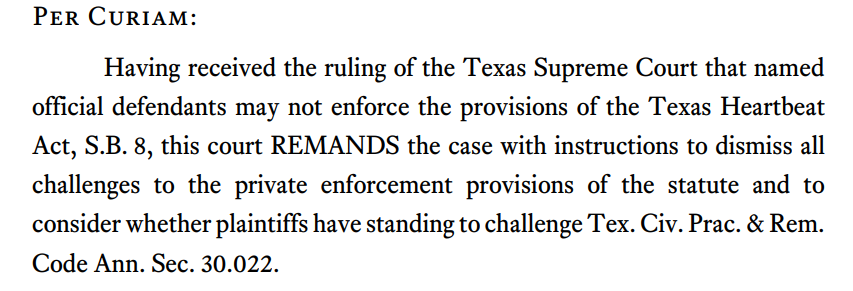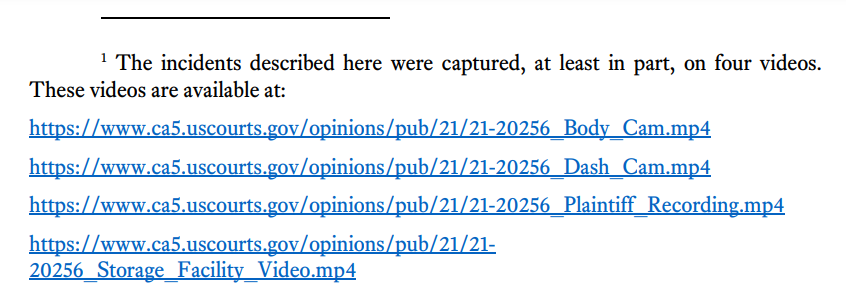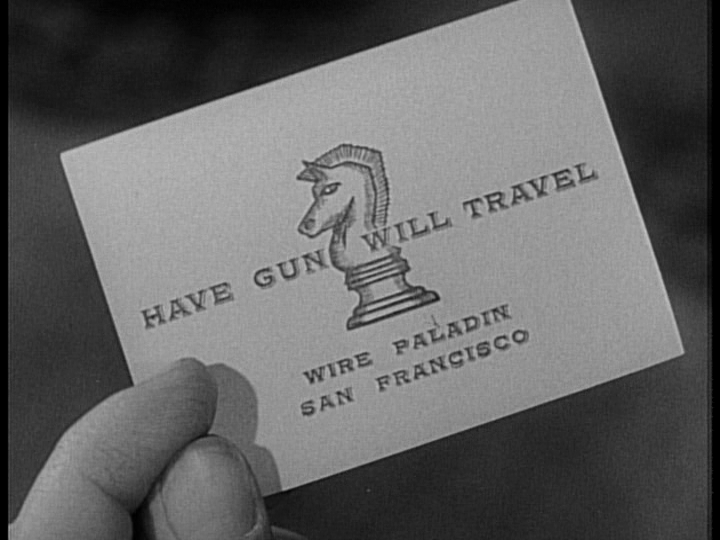Seigler v. Wal-Mart Stores LLC presented the question whether a summary-judgment  affidavit in a slip-and-fall case was an impermissible “sham” that contradicted prior deposition testimony.
affidavit in a slip-and-fall case was an impermissible “sham” that contradicted prior deposition testimony.
The district court “identified four discrepancies between Seigler’s deposition testimony and affidavit pertaining to (1) the substance’s color, (2) its temperature and consistency, (3) its size, and (4) whether she touched the substance,” and struck the affidavit.
The Fifth Circuit disagreed, reviewing each of the claimed inconsistencies. In particular, as to the issue of “temperature and consistency,” the Court reasoned:
” Wal-Mart argues that Seigler’s affidavit testimony that the substance was ‘cold,’ ‘congealed,’ and ‘thicken[ed] up’ contradicted her deposition testimony because Seigler testified at her deposition that (1) she had no ‘personal knowledge’ or ‘evidence’ of how long the grease had been on the floor and (2) that the substance was ‘liquid.’ However, we disagree that there was a contradiction. First, we agree with Seigler that a non lawyer deponent is not expected to understand the legal significance of the terms ‘personal knowledge’ and ‘evidence.’ Second, while the discrepancies between Seigler’s deposition and affidavit may call her credibility into question, we do not think they rise to the level of a contradiction or an inherent inconsistency, because the testimony can be reconciled.
 Seigler described the substance as ‘some sort of greasy liquid’ at her deposition, but she was not asked questions about its temperature or consistency. Later, in her affidavit, she described the grease as ‘cold,’ ‘congealed,’ and ‘thicken[ed] up.’ These descriptions are not mutually exclusive, nor are they necessarily contradictory. In other words, it is possible that ‘some sort of greasy liquid’ could also be ‘cold,’ ‘congealed’ and ‘thicken[ed] up.’ Thus, we think the proper course in this case is to allow a jury to evaluate the testimony’s credibility.”
Seigler described the substance as ‘some sort of greasy liquid’ at her deposition, but she was not asked questions about its temperature or consistency. Later, in her affidavit, she described the grease as ‘cold,’ ‘congealed,’ and ‘thicken[ed] up.’ These descriptions are not mutually exclusive, nor are they necessarily contradictory. In other words, it is possible that ‘some sort of greasy liquid’ could also be ‘cold,’ ‘congealed’ and ‘thicken[ed] up.’ Thus, we think the proper course in this case is to allow a jury to evaluate the testimony’s credibility.”
No. 20-11080 (April 6, 2022) (citations omitted).







